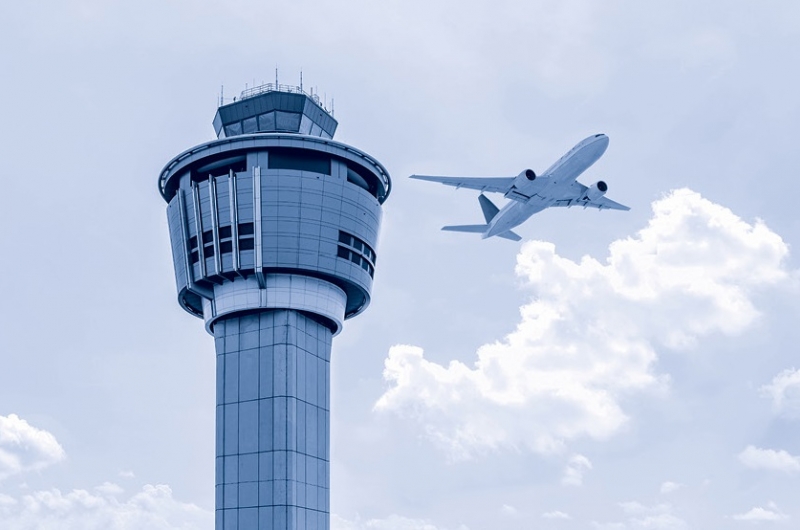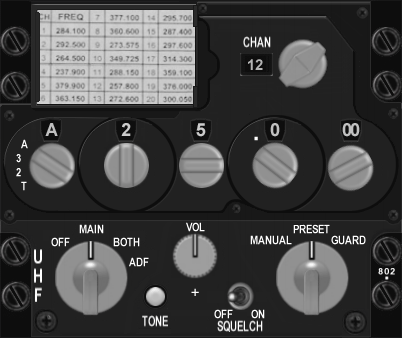Air Traffic Control Provisions
Have you ever wondered who controls the traffic in the air when you fly? Just like traffic lights and signs when you drive there must be some way to direct traffic in the air. The way this happens is through Air Traffic Controllers (ATC). These individuals are usually in towers so they can see the whole airport to direct traffic on the ground as well in the nearby airspace (ATC, 2021).

The way they communicate with each other is through radio devices on the aircraft. There are usually two different types that are commonly used, known as Ultra High Frequency (UHF) or Very High Frequency (UHF, 2002). These two different types of communication help them translate information to manage the traffic on the sky and ground.

There are many different ATC entities, the two I will go over will be The North Atlantic Track system (NAT) and North Pacific Route System (NOPAC). Both ATC's control different airspaces. The NAT controls the busiest airspace which links Europe to North America (NAO, 2017). In 2012 an estimated 460,000 flights have crossed the North Atlantic and that number increases every year (NAO, 2017). Just as NAT covers the Atlantic region, NOPAC covers the North Pacific side. This covers the routes between Alaska and Japan (NPS, 2018). Two different types of ATC entities allows safe travel across both oceans and allows people to travel to North America.
References
Air Traffic Control. Scio Teq, 2021,
www.scioteq.com/en/atc.
North Atlantic Operations. SKY Brary, 2017,
www.skybrary.aero/index.php/North_Atlantic_Operations_-_ATC_Clearance.
North Pacific Route System. SKY Brary, 2018,
www.skybrary.aero/index.php/North_Pacific_(NOPAC)_Route_System
UHF Radio Control Panel. Xflight, 2002,
www.xflight.de/pe_org_par_lfc_uhf.htm.

Comments
Post a Comment